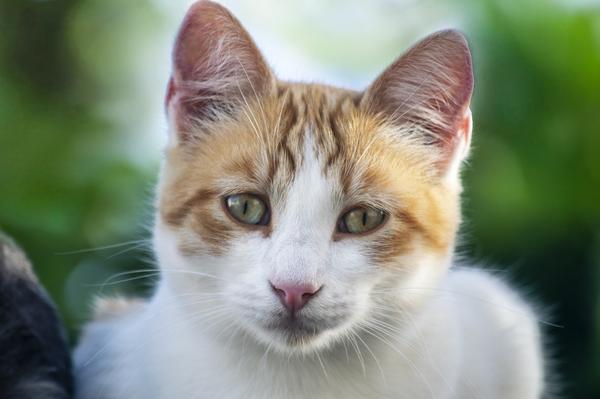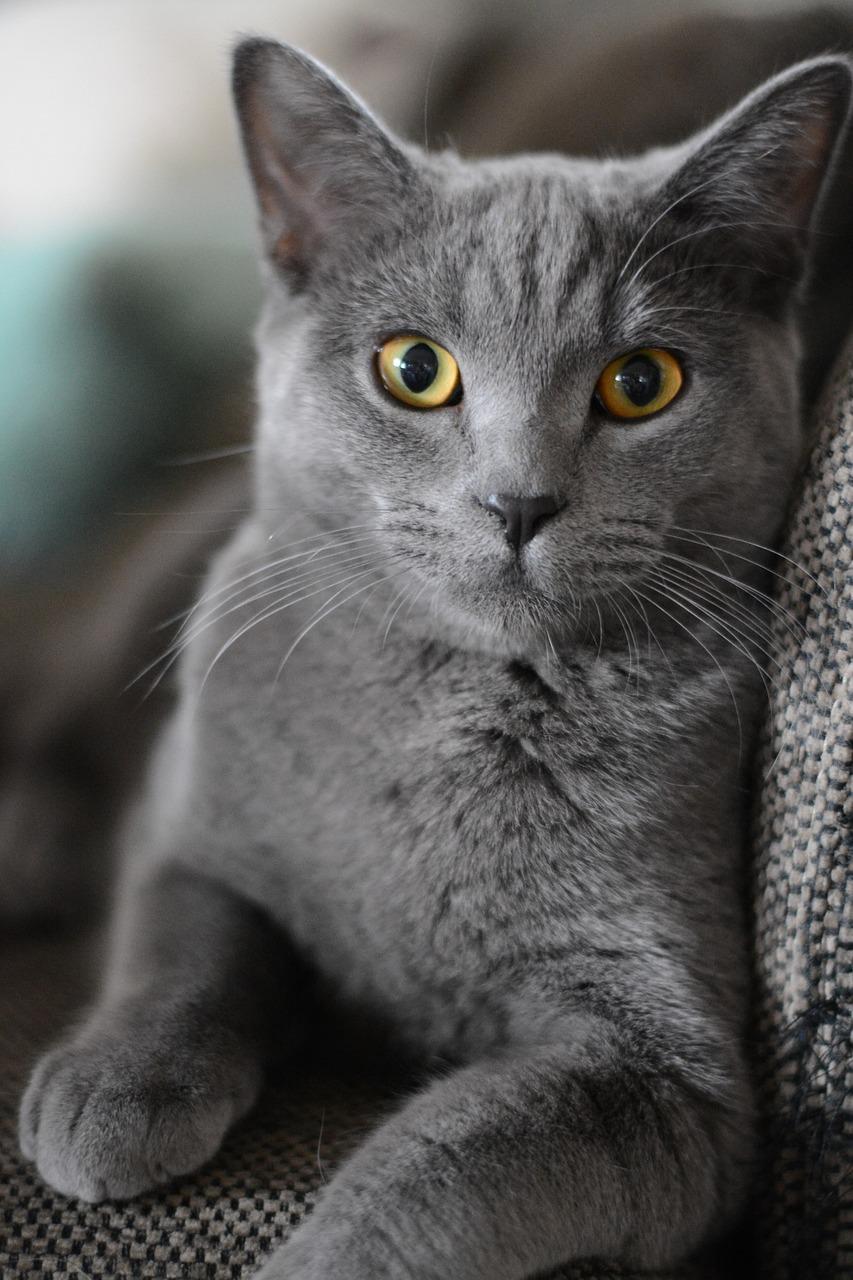How Long Can a Cat Go Without Eating?

Ever wondered how long a cat can survive without eating?
It's one of those questions that can keep you up at night, as you fret about your furry friend's health. 😔
You might even catch yourself thinking, "What if my cat refuses to eat? Am I a terrible pet owner?"
Don't beat yourself up.
We've all been there.
But fear not, my anxious friend, because today we're going to unravel this mystery together.
So grab a cup of coffee, sit back, and let's dive into the world of feline hunger.
How Long Can a Sick or Elderly Cat Go Without Eating?
How long can a cat go without eating?
It's something pet owners often worry about, especially if their furry pal is sick or getting up in years. The truth is, it really depends on the cat and any underlying health problems they might have.
But here's what you should keep in mind:
- Encourage their appetite with tasty foods like wet food or baby food to help get them interested in eating again.
- However, if you notice that your cat hasn't had a meal in a day or longer, it's important to reach out to your vet. Don't wait.
- A lack of appetite could be due to respiratory issues or problems with their digestive system.
- If your cat goes beyond 24 hours without eating or shows concerning symptoms, a visit to the veterinarian is necessary.
- There are several common health conditions that can cause a loss of appetite in cats, and extended periods without eating may indicate an underlying medical problem.
Now, let me be clear, I'm not a vet, so I can't give you all the answers. You need to talk to a professional who can assess your cat's specific situation and offer suitable advice.
What truly matters most is your cat's well-being. So, take any reduction in eating seriously, and seek expert assistance to ensure they receive the care they require.
When it comes to your feline companion, it's best not to take any unnecessary risks.
Main points I'll expand upon further down this article:
- Cats can survive for about two weeks without food, but only three days without water.
- After three days of not eating, a cat's extra fat starts breaking down, leading to serious medical conditions like hepatic lipidosis or fatty liver.
- Cats cannot support their body without food for long periods due to their liver.
- If a cat goes without eating for just two days, it can become malnourished and unwell, indicating the need for immediate veterinary attention.
- Problems can occur in cats that are anorectic for a few days or partially anorectic for a few weeks.
- Feral cats have varying timelines for going without food as their bodies are not accustomed to regular, human-fed meals.
- Ensure someone checks in on cats every second day or daily if medication or medical issues are involved when boarding them elsewhere.
- Loss of appetite in cats can result in health risks like blockages and serious conditions like hepatic lipidosis.
- Tricks for encouraging cats to eat include adding low-sodium chicken broth or tuna juice to water, offering bland diets, warming up food, keeping bowls clean, trying different flavors, etc.
- Dehydration is an emergency for cats, and contact a vet if symptoms or behavioral changes occur.
Cat's Survival: The Consequences of 3 Days Without Eating
Cats can only go three days without eating before serious consequences occur. After this time, their extra fat breaks down, leading to medical conditions like fatty liver. You should ensure your cat stays well-fed and hydrated to avoid malnourishment and potential health issues.
You're probably wondering how long your cat can go without eating.
Well, let me tell you, it's a precarious situation.
Now, you might be sipping on your coffee while pondering this question, and that's great (I love coffee by the way).
But trust me, this is some serious stuff we're talking about here.
Okay, so listen up.
Cats can survive without food for about two weeks.
Yeah, I know, it sounds intense, right?
However, that doesn't mean it's a walk in the park for them.
In fact, after just three days without eating, things take a turn for the worse.
This is when a cat's extra fat starts breaking down.
And let me tell you, that can lead to some serious medical conditions.
We're talking hepatic lipidosis or fatty liver, my friend.
And those bad boys can rear their ugly heads within 48 to 72 hours.

But wait, there's more!
Did you know that cats can only last three days without water?
Yeah, I was shocked too.
So, it's not just about the food. Hydration is key!
If your cat decides to go on a little hunger strike for just two days, it can become malnourished and unwell.
That's your cue to grab your keys and rush to the vet.
Seriously, don't waste any time.
And let me give you a word of caution:
If your furry friend refuses to eat for a few weeks or even goes partially anorectic for a couple of days, that's trouble with a capital T.
So, even though cats technically have the ability to survive without food for a week or two, it's pretty darn distressing for them.
Plus, who wants to come home to unpleasant surprises?
Take care of your feline friend, my friend.
Make sure they're well-fed and hydrated because, believe me, those little furballs depend on you.
And here's something you may not have considered...
What factors can affect a lost cat's ability to find prey?
How Long Can a Lost Cat Survive Without Food?
When your cat goes missing, it's natural to worry about how they'll survive without food.
Here are some things that can impact how long a lost cat can go without eating:
- Environment: In areas with lots of people, it might be harder for a cat to find prey and food. In more rural settings though, where there is more wildlife, they may have a better chance at hunting.
- Feral Cats: Feral cats aren't used to getting regular meals from humans, so they may be better equipped to handle longer periods without food compared to domesticated cats.
- Boarding: If you have to board your cat while you're away, make sure someone checks on them every couple of days. If your furry friend has health issues or needs medication, it's even better if they can be checked on daily.
- Prevent Lock-In: Before you leave, double-check that your cat isn't accidentally locked in a room without access to their essential resources like food, water, and litterbox. This will avoid any unintentional starvation.
Every cat is different and there are many factors that play into their survival.
That's why you ought to microchip your cat, give them clear identification, and take steps to prevent them from going missing in the first place. 🐾
Listen closely, because this is the secret sauce: Further down the blog post, I'll give you important information about dehydration, an emergency for cats. So, keep reading to learn how to prevent and address this potential issue.
And now, let's shift our focus to what you can do to ensure your cat stays healthy and well-nourished.
I've compiled some useful tips and remedies that can help encourage a lost cat to eat and combat any potential health risks they may face while missing...
Tricks for Encouraging Your Cat to Eat
Is your cat being stubborn and refusing to eat?
Don't freak out. There are some tricks you can try!
Here's what you can do:
- Pour in some low-sodium chicken broth or tuna juice into their water. This will give it a strong smell and taste that might grab their attention and get them drinking.
- Give them plain and oh-so-bland meals like boiled chicken or rice. These tummy-friendly foods could be just the thing to tempt your finicky feline.
- Warm up their grub a bit. A little heat can release delicious aromas, making mealtime way more enticing.
- Keep those bowls squeaky clean. Nobody likes a dirty dish, especially your cat. Freshness is key to avoiding any eating aversions.
- Get creative with different flavors or change up the dry food texture. Switching things up can catch their eye and keep them interested.
- Stick to a feeding routine of twice a day. This helps establish a regular habit and gets their appetite revved up.
- Bring in some canned food action. It's got higher protein levels and may be more tempting while also providing extra nutrients.
- If necessary, consider using automatic feeders. These nifty devices ensure consistent mealtimes even if you're not home.
But, let's say your furry friend's lack of interest in food continues or they start showing worrisome symptoms.
It's time to reach out to the vet pronto to rule out any health problems lurking beneath the surface. 😺
And while I've shared some tricks to encourage your cat to eat, there's one question that's been on many cat owners' minds: Are you adding water to dry cat food? To find the answer, satisfy your curiosity, and put your worries at ease, check out my article on whether or not it is beneficial to add water to dry cat food.
It's a must-read for anyone concerned about their finicky feline's eating habits.
Hurry and discover the secrets in my blog post: Are You Adding Water to Dry Cat Food.
Dehydration: An Emergency for Cats
Cats can suffer from dehydration, and it's a serious matter, my friend. Water is essential for their bodies to function properly and keep them in tip-top shape.
If they don't drink enough water, they can become dehydrated, and trust me, that's not good news.
It can worsen over time and cause damage to their organs.
That's why it's crucial for you to always keep an eye on your cat and make sure they stay hydrated.
One way to do this is by placing several water bowls around the house, making it super easy for them to find and drink from.

But if you notice that your furry companion isn't drinking water or acting strangely, it's time to call the vet, my friend.
Dehydration is no joke for cats, and they might need some medical help.
In severe cases, they may require IV fluids and a feeding tube to nourish and rehydrate them.
You can also use a syringe to feed them small amounts of water or Pedialyte every two hours – it works like a charm.
Oh, and here's a little extra info for you:
Diabetes mellitus can sometimes hide dehydration, so keep an eye out for signs like weight loss, sunken eyes, or a yellowish appearance in the white part of their eyes.
These are red flags that something isn't right and your furball needs attention, pronto. 💧
And that wraps up today's article.
You made it to the end of my blog post! I'm curious, did you enjoy reading it? I really put a ton of effort into creating comprehensive and helpful blog posts. It's definitely time-consuming but totally worth it. If you could take a moment to click on any of the social sharing icons and share this post with others, I would greatly appreciate it. Thanks so much for your support!
Talk soon,
-Sarah Davis